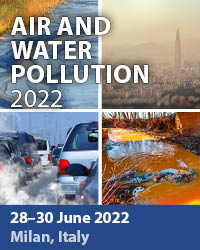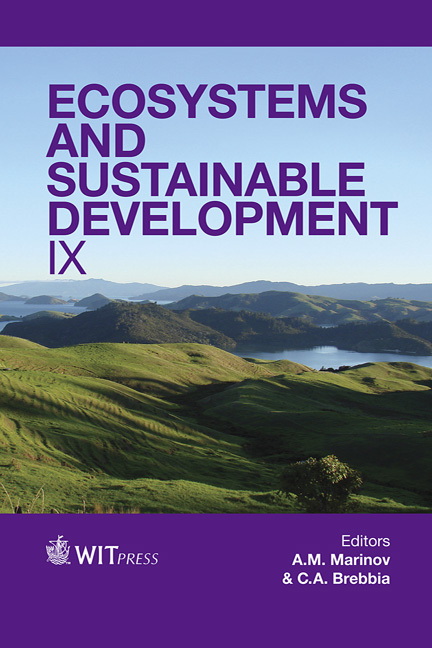Analysis Of The Reservoir Yield Evaluation Indices
Price
Free (open access)
Transaction
Volume
175
Pages
10
Page Range
293 - 302
Published
2013
Size
460 kb
Paper DOI
10.2495/ECO130251
Copyright
WIT Press
Author(s)
G. Lee, J. Ji, J. Choi, J. Jeong & J. Yi
Abstract
The number of countries experiencing water shortages due to increasing water demands as the population grows and industry expands is increasing. Water demands in South Korea have also been increasing steadily due to rapid economic growth over the past 50 years. To solve this problem, many multipurpose reservoirs have been constructed and used in South Korea’s major streams since 1960. However, since downstream water demands have increased consistently due to the expansion of agricultural facilities, the need to prevent water pollution and ensure water-friendly environments has become increasingly important. Yet, the risk of water shortages is continuing. Although annual precipitation has been increasing since the end of the 20th century in Korea, the risk of drought during the dry season has also been increasing. In order to solve these problems, additional water supply facilities such as reservoirs are necessary. However, it is difficult to develop them as there are few suitable locations and adverse impacts on the ecosystem. There is also significant community backlash. Therefore, identifying the amount of available water in existing reservoirs is an important task. Reliability, resilience, and vulnerability indices have been widely used to evaluate reservoir yield. However, there are some problems with using these indices. In this study, we investigate and analyze these indices to improve the stability and efficiency of the water yield from reservoirs. Keywords: water yield, reservoir, drought.
Keywords
Keywords: water yield, reservoir, drought.





